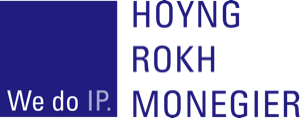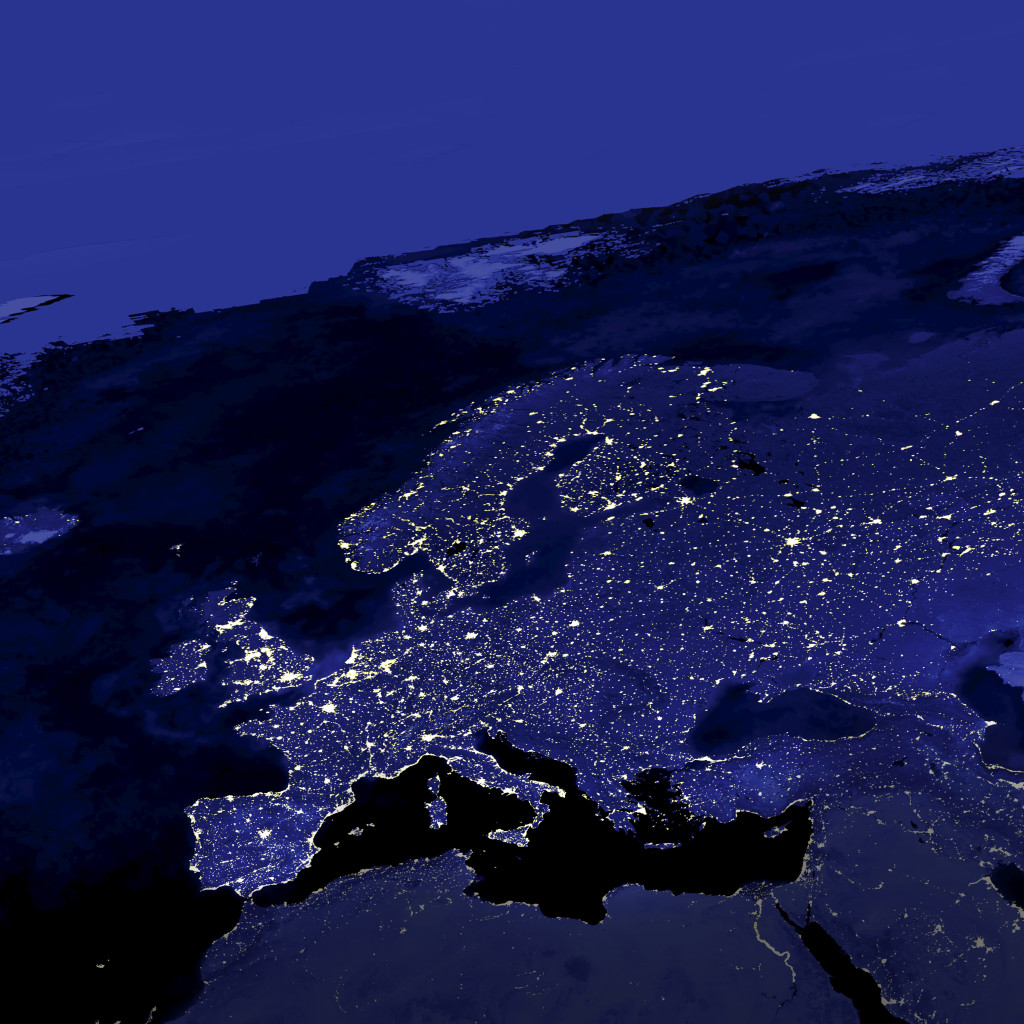10x Genomics/Harvard v NanoString (UPC, Munich Local Division), first inter partes preliminary injunction based on the first asserted unitary patent. Request rejected based on the parent bundle patent
Prof. Dr. jur. Tilman Müller-Stoy, Dr. rer. nat. Kerstin Galler, Bardehle Pagenberg, Munich
Facts
The applicants (10x Genomics and Harvard University) requested against the respondents (NanoString) on the first day of operations of the UPC, i.e. on 1 June 2023, before the Munich Local Division (MLD) of the Unified Patent Court (UPC) provisional measures (Art. 62 (1) UPCA) for injunctive relief against the distribution of certain biotech products and against the use of a related method based on the unitary patent EP 4 108 782 (patent 1) and on the bundle patent EP 2 794 928 (patent 2), the latter validated and in force in Germany, France and the Netherlands.
10x Genomics and NanoString are competitors in the field of biotechnology/molecular biology. Both patents relate to methods for detecting a large number of analytes in a cell or tissue sample being key in fundamental research relating to cancer and other diseases.
The grant of patent 1 was published on 7 June 2023. An opposition against patent 1 was filed shortly thereafter by NanoString but no revocation action was filed at the UPC.
The grant of patent 2 which is the parent patent of patent 1 happened long before that. The German part of patent 2 was already successfully asserted in national German main infringement proceedings before the Regional Court Munich I leading to the grant of a permanent injunction which was provisionally enforced subject to a still pending appeal. A German nullity action was filed against the German part of patent 2 as well as a central revocation action before the UPC’s Munich Central Division. On 7 February 2023, the German Federal Patent Court (GFPC) issued the so-called qualified notice. Therein, based on a preliminary assessment, the GFPC deems the German part of patent 2 to be invalid as granted but valid in limited form according to auxiliary request 1. This limited claim version was successfully asserted on the infringement side in the German infringement proceedings.
The panel of the MLD was in both cases composed of four judges, three legally qualified judges (Presiding Judge Matthias Zigann, DE, Judge Rapporteur Tobias Pichlmaier, DE, Andras Kupecz, NL) and one technically qualified judge (Eric Enderlin, FR), wherein Judge Kupecz also has a biotech background. Regarding patent 1 a two-days trial was held on 5 and 6 September 2023, regarding patent 2 a one-day trial was held on 19 September 2023. A decision regarding patent 1 was pronounced on 19 September 2023 with the written reasoning being served on the parties in the morning of 20 September 2023, regarding patent 2 the decision was pronounced on 10 October 2023.
Respondents appealed the decision regarding patent 1 with an appellate hearing being scheduled for 18 December 2023. Applicants did not file an appeal against the decision regarding patent 2.
Parallel main infringement proceedings are pending based on both patents at the MLD.
Decisions
Interestingly, the decisions although relating to patents of the same patent family differ in their outcome. While a preliminary injunction was granted based on patent 1 (unitary patent), a preliminary injunction was refused based on patent 2 (bundle patent).
The granted preliminary injunction became immediately effective as of service of the written decision on 20 September 2023 for all 17 UPC member states as no enforcement security was ordered primarily in view of the sufficiently stable financial situation of applicants which were “good for the money”.
The following further aspects of the MLD’s decision-making process and decisions are worth highlighting in addition:
In cases where time is of the essence the MLD is prepared to allow for very fast proceedings digesting several hundreds of pages of pleadings and many more in terms of exhibits. There was no need to translate exhibits into the language of the proceedings which was German.
The judges functioned like a united team for a unified court without any judges dominating other judges. All of the judges were perfectly prepared and asked many questions to the parties in both trials drilling down to the core of the issues at stake, particularly the technical issues. It became very clear that evasive or bogus responses by counsel do not work at all at the MLD. It is of utmost importance to prepare in all detail for trial, ideally with a preparatory mock trial. As the statements during trial are audio recorded and no written transcript/minutes are provided by the court it can be helpful to use a US-style court reporter for providing a transcript. The focus at trial was on infringement, validity, urgency, sort of a “FRAND” defense based on US and EU law and the general balancing of interests.
The level of detail through which the MLD went is also reflected in both written decisions, the one on patent 1 comprising an amazing total of 113 pages. From a legal perspective the key take away is the MLD’s view that in interim proceedings it is sufficient for the court to be convinced with a likelihood 50% + x to grant the request. For example, if validity is more likely than not this is a sufficient basis for granting a preliminary injunction wherein the various factors/likelihoods influence each other and can compensate for each other. Regarding patent 1, for instance, infringement was found with a high likelihood and validity was found with a clearly preponderant likelihood. In contrast, regarding patent 2, the court had certain doubts about infringement, validity and urgency in their combination leading to an overall likelihood of success of less than 50 % and therefore to a refusal of the request. Notably, the MLD thereby deviated from the prior national German decision of the Regional Court of Munich I. In that context, the MLD expressly wrote in the written decision that the view taken for interim proceedings would by no means prejudice the parallel pending main proceedings and “only” apply to interim proceedings. Regarding validity of patent 2 the prior qualified notice of the
GFPC did not have sufficient weight to convince the MLD of validity as, according to the MLD, the validity of the claims as granted is decisive in interim proceedings and not a further limited claim version as asserted. On urgency, the MLD found that applicants acted as quickly as they could by having filed the request on the first day possible, 1 June 2023, based on patent 1 (unitary patent) even before its grant was published on 7 June 2023. The possibility to assert patent 2 (bundle patent) beforehand in national interim proceedings in France and The Netherlands is irrelevant in this regard as it does not provide the same scope of relief as patent 1 being in force in 17 member states. Notably, this was just the other way around with respect to urgency regarding patent 2 where the MLD had doubts about urgency as no interim proceedings were filed in The Netherlands and France at the latest when the qualified notice of the GFPC was served on the parties.
Thus, in view of their very nature, unitary patents may bring relevant strategic advantages with compared with “older” bundle patents. When balancing the parties’ interests the MLD a case-specific fact was key, namely that the quite expensive products at issue have long-term sales cycles creating a lock-in in terms of market share for 10+ years. The MLD found that, generally, the parties’ interests are comparable in view of market shares and potential damages in case of a wrong decision. In such a case, the right holders’/applicants’ interest in not having their rights infringed must be decisive and outweigh respondents interests.
There are many more aspects in both decisions which are of broader interest, however, reporting those would go beyond the scope of the present report and we thus defer to the written decisions for that.












